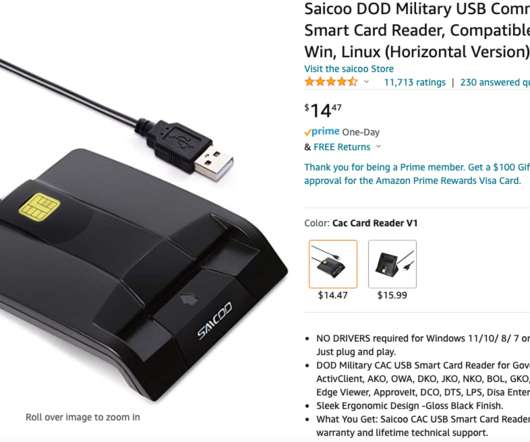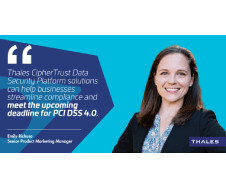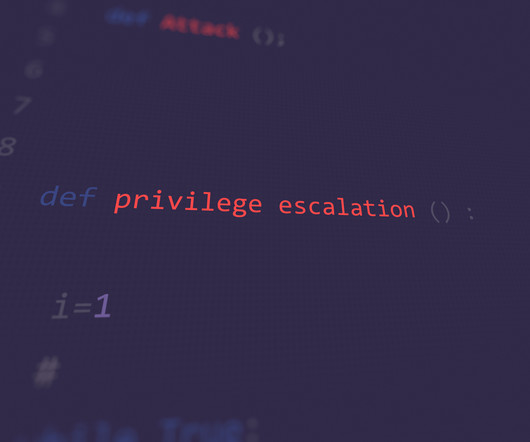When Your Smart ID Card Reader Comes With Malware
Krebs on Security
MAY 17, 2022
“Seems like a potentially significant national security risk, considering that many end users might have elevated clearance levels who are using PIV cards for secure access,” Mark said. Amazon said in a written statement that it was investigating the reports.













Let's personalize your content